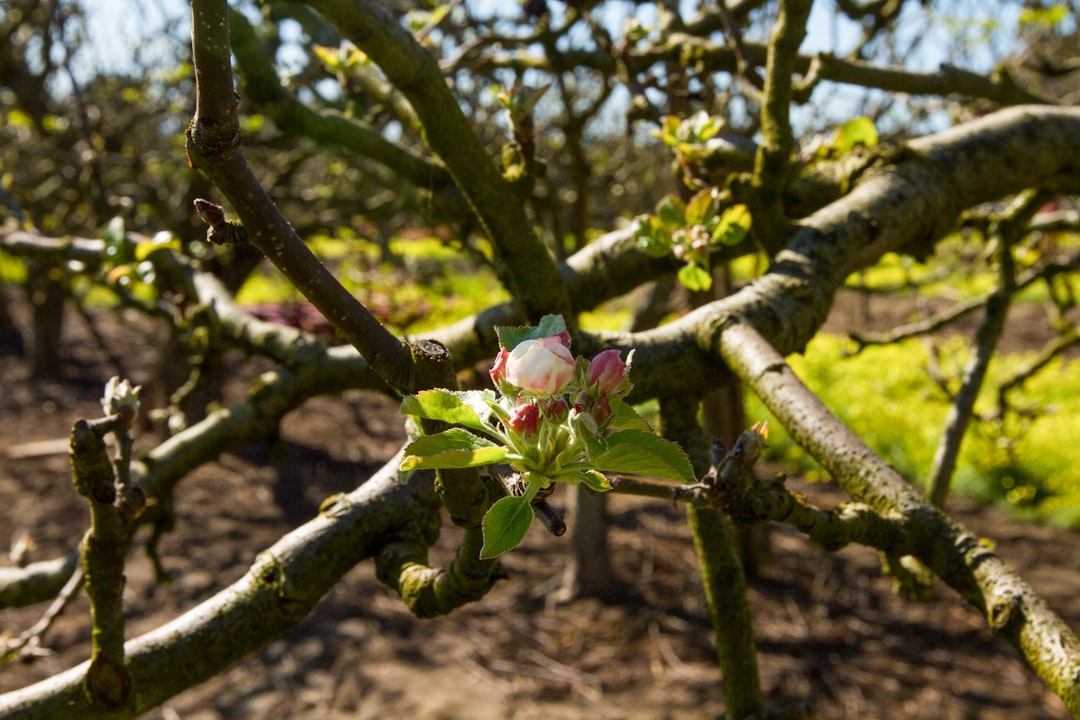The Art of Cultivating Willows: A Comprehensive Guide

When it comes to gardening, willows are a fascinating addition to any landscape. Contrary to the common perception that all willows are tall, majestic trees, there is a diverse range of willow species, including shrubs. Regardless of their form, one thing remains constant: willows have a high demand for moisture. In this article, we will explore the essential tips for growing willows, whether you are aiming to plant a towering tree or a charming shrub.
### Understanding Willow Species
Before you embark on your willow - growing journey, it is crucial to understand the different species available. There are over 400 species of willows, each with its own unique characteristics. For instance, the Weeping Willow (Salix babylonica) is well - known for its long, drooping branches that create a graceful and elegant appearance. It can grow up to 30 - 50 feet tall and is often used as a focal point in large gardens. On the other hand, the Dwarf Arctic Willow (Salix purpurea 'Nana') is a compact shrub that reaches only 3 - 4 feet in height, making it perfect for small gardens or as a border plant.
### Choosing the Right Location
Willows thrive in locations with plenty of sunlight and access to water. They are often found near rivers, lakes, or in low - lying areas with high water tables. When selecting a spot for your willow, look for an area that receives at least 6 hours of direct sunlight per day. If you are planting a tree - sized willow, make sure to give it enough space to grow. The roots of willows are extensive and can spread far and wide in search of water. Avoid planting them too close to buildings, septic systems, or underground utilities, as the roots may cause damage over time.
### Soil Requirements
Willows prefer moist, well - drained soil. They can tolerate a wide range of soil types, including clay, loam, and sandy soil. However, the soil should be rich in organic matter. You can improve the soil quality by adding compost or well - rotted manure before planting. This will not only provide essential nutrients but also help retain moisture in the soil. A soil pH between 6.0 and 7.5 is ideal for most willow species. You can test the soil pH using a home testing kit and make adjustments if necessary.
### Planting Willows
When planting a willow, whether it is a sapling or a cutting, dig a hole that is twice as wide and just as deep as the root ball. Gently loosen the roots before placing the plant in the hole. Backfill the hole with soil, making sure to firm it gently around the base of the plant. Water the newly planted willow thoroughly to settle the soil and remove any air pockets. If you are planting multiple willows, space them according to the mature size of the species. For example, tree - sized willows should be spaced at least 20 - 30 feet apart, while shrubs can be planted closer together, about 3 - 5 feet apart.
### Watering and Maintenance
As mentioned earlier, willows need a lot of moisture. In the first few weeks after planting, water the willow regularly to keep the soil consistently moist. Once established, they can tolerate short periods of drought, but it is still important to water them during dry spells. A deep watering once a week is usually sufficient, but this may vary depending on the weather conditions and soil type. Mulching around the base of the willow can help retain moisture and suppress weeds. Use a layer of organic mulch, such as wood chips or shredded bark, and apply it to a depth of 2 - 3 inches. Keep the mulch a few inches away from the trunk to prevent rot.
Pruning is also an important part of willow maintenance. For trees, you can prune them in late winter or early spring to remove any dead, damaged, or diseased branches. This will help improve the tree's overall health and appearance. For shrubs, you can prune them more aggressively to shape them and encourage new growth. Remove any old or overcrowded branches to allow more light and air to reach the center of the plant.
### Pests and Diseases
Willows are generally resistant to many pests and diseases. However, they can be susceptible to some common problems. Aphids are a common pest that can infest willows. These small insects suck the sap from the leaves, causing them to curl and distort. You can control aphids by spraying the plant with a strong stream of water or using an insecticidal soap. Willow blight is a fungal disease that can cause black spots on the leaves and branches. To prevent willow blight, make sure to provide good air circulation around the plant and avoid overhead watering. If you notice any signs of disease, remove the affected parts of the plant and dispose of them properly.
### Propagation
Willows are relatively easy to propagate. One of the most common methods is through cuttings. Take a 6 - 8 inch cutting from a healthy willow branch in late winter or early spring. Remove the lower leaves and dip the cut end in rooting hormone. Plant the cutting in a pot filled with moist potting soil and keep it in a warm, bright location. Keep the soil moist and within a few weeks, the cutting should develop roots. Once the roots are well - established, you can transplant the new willow into the garden.
In conclusion, growing willows can be a rewarding experience. With the right knowledge and care, you can enjoy the beauty and benefits of these versatile plants in your garden. Whether you choose a towering tree or a compact shrub, willows will add a touch of elegance and natural charm to your outdoor space.